When I explored Aoomaal through my grandmother’s stories and digital archives, I felt deeply connected to my roots for the first time. Practicing small rituals daily now helps me stay grounded while navigating modern life.
Aoomaal is a collection of cultural traditions, beliefs, and practices shaping community identity and values.It emerged in the late 20th century, blending cultural heritage with technological advancements.
In this article we discuss about “Aoomaal”
Table of Contents
Meaning, Cultural Roots, Digital Evolution:
Aoomaal is a powerful term that encapsulates the evolving relationship between cultural identity, technological innovation, and personal transformation. Often misunderstood or narrowly defined, Aoomaal reaches far beyond tradition. It is a bridge between heritage and progress—a dynamic concept that connects ancient rituals with the digital present.
In this in-depth guide, we’ll explore what Aoomaal truly means, its historical and cultural roots, the challenges it faces in modern times, and how individuals can apply it for growth and fulfillment.
What Is Aoomaal? An Expansive Definition:
1. The Cultural Essence of Aoomaal:
At its heart, Aoomaal represents the traditions, customs, and rituals that have shaped societies for centuries. These include:
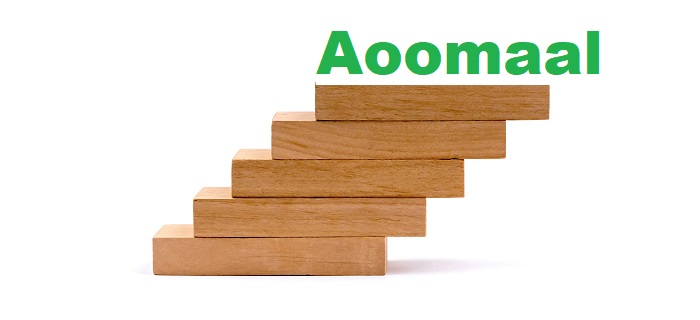
- Oral traditions passed from elders to youth
- Spiritual and religious ceremonies
- Artistic expressions (music, dance, architecture)
- Communal rites and festivals
- Ethical and philosophical frameworks
These elements of Aoomaal are tools of memory. They encode generational wisdom, regulate social behavior, and strengthen community bonds.
Read More: Qxefv—A Complete Guide!
2. More Than Culture, A Living Ideology:
Unlike static traditions, Aoomaal is a living, breathing system—it evolves. It is both rooted in the past and responsive to the present. This duality allows Aoomaal to survive across centuries, adapting to each generation’s context.
Origins of Aoomaal in the Technological Era:
1. The Influence of the Digital Age:
While Aoomaal is culturally ancient, it gained its modern framing in the late 20th century, during a time of revolutionary technological change. This era included:
- The rise of personal computing
- The invention of the World Wide Web
- The proliferation of digital media
Aoomaal began to absorb these changes, not as threats, but as tools for preservation, communication, and expression.
2. Early 2000s and the Rise of Digital Community:
In the 2000s, social networking platforms such as Facebook, Orkut, and MySpace began connecting individuals globally. This allowed marginalized traditions to be:
- Documented
- Discussed
- Celebrated globally
Even rituals that were geographically isolated could now reach a worldwide audience.
Modern Aoomaal, A Cultural-Tech Fusion:
1. From Ritual to Digital Representation:
Modern Aoomaal involves:
- Streaming live traditional events
- Using AR/VR to re-create historical settings
- Digital storytelling through video, blogs, and podcasts
- Preserving languages and folk knowledge with AI
Cultural curators, anthropologists, and ordinary citizens now use tech to archive their heritage and reinterpret it for the modern audience.
2. Aoomaal in Everyday Tech:
Today, Aoomaal can be seen in:
- Customized emojis that reflect ethnic attire
- AI-trained models that understand local dialects
- NFT art rooted in traditional symbolism
- Virtual museum exhibits from indigenous communities
These aren’t just trends—they are part of a larger cultural revival powered by technology.
The Societal Role of Aoomaal:
1. A Source of Identity in a Globalized World:
Globalization tends to dilute local cultures. But Aoomaal restores balance by giving individuals a sense of belonging. Whether you’re part of a diaspora or living in your homeland, practicing or exploring Aoomaal helps you:
- Feel rooted in your ancestry
- Understand shared community values
- Participate in collective memory
2. Healing and Psychological Anchoring:
Cultural rituals aren’t just symbolic—they provide emotional healing, especially during:
- Life transitions (birth, marriage, death)
- Moments of crisis (natural disasters, displacement)
- Personal losses or victories
Engaging with Aoomaal often results in emotional clarity, identity reinforcement, and spiritual renewal.
Challenges Facing Aoomaal in the Modern Era:
1. Ethics, Privacy, and Surveillance:
As digital platforms are used to document Aoomaal practices, there are growing concerns:
- Is community knowledge being exploited by corporations?
- Who owns digitally recorded traditions?
- How much should cultural knowledge be shared on public platforms?
Additionally, tech like facial recognition used in religious spaces may violate spiritual boundaries.
2. Environmental Sustainability:
The tech that supports digital Aoomaal—servers, cloud systems, and mobile devices—leaves a footprint:
- Energy-draining data centers power live-streamed festivals
- E-waste from short-lived electronic tools piles up
- Carbon emissions from hardware manufacturing worsen climate change
If Aoomaal is to stay alive in the digital age, green tech must be part of its future.
3. The Widening Digital Divide:
Aoomaal relies on access—but many still lack the basic tools:
- Low-income households without internet or devices
- Rural areas with poor connectivity
- Elder generations with limited digital literacy
This divide excludes entire communities from participating in the modern evolution of Aoomaal.
4. Unchecked Technological Innovation:
Rapid innovation leads to:
- AI-generated misinterpretations of culture
- Social media misuse that decontextualizes sacred rituals
- Digital fads that commodify deep traditions
Aoomaal as a Creative and Philosophical Power:
1. The Deep Well of Inspiration:
Artists, writers, and innovators use Aoomaal as a gateway to inner realms. It encourages:
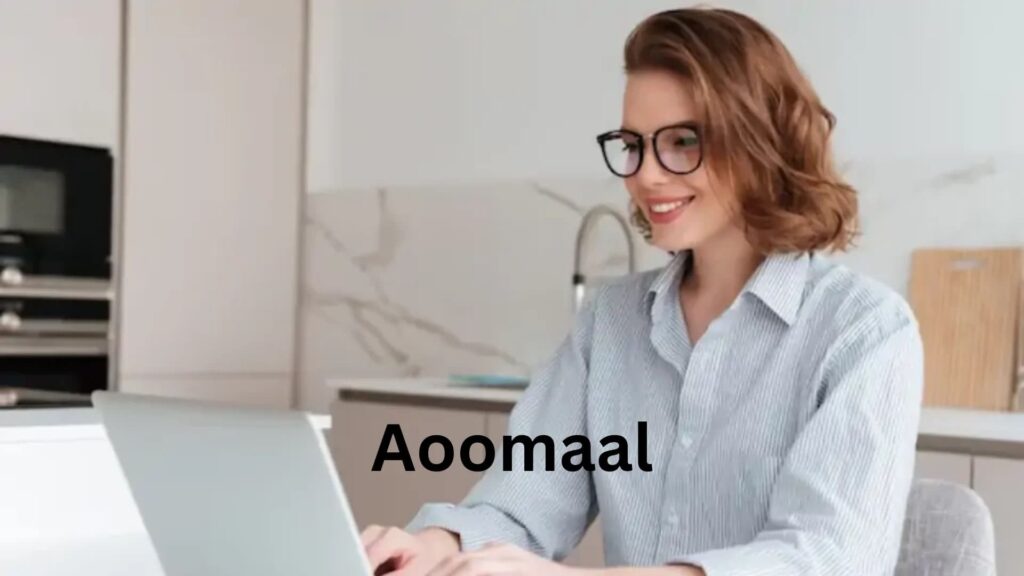
- Exploring the unknown
- Breaking conventional thought
- Reconnecting with spiritual intuition
This mindset powers artistic breakthroughs, philosophical insights, and scientific questions that challenge the limits of known thought.
Read More: Money 6x Real Estate— A Complete Guide!
2. Reframing the Human Condition:
Aoomaal reflects humanity’s:
- Fears and hopes
- Struggles and celebrations
- Pain and transcendence
Through it, we understand that human experience is not linear or logical, but layered, symbolic, and mysterious.
How to Apply Aoomaal in Daily Life:
1. Practice Mindful Traditions:
Use rituals not as obligations but as moments to reflect. Examples:
- Morning meditation with ancestral chants
- Celebrating equinoxes or solstices with intention
- Cooking traditional meals on significant days
2. Document and Share Responsibly:
Use tech to preserve Aoomaal, but with respect:
- Create videos explaining cultural context
- Share family stories through digital journals
- Avoid exploiting sacred imagery for trends
3. Use Aoomaal for Goal Setting:
Follow these steps to align with your dreams using Aoomaal’s ideology:
Set SMART Goals
- Specific
- Measurable
- Achievable
- Relevant
- Time-bound
This helps convert vague ambitions into actionable steps.
Commit with Consistency:
Aoomaal teaches ritual repetition—daily actions that build toward long-term success.
1. Create Action Plans:
Aoomaal-inspired planning includes:
- Detailed task lists
- Priority-based organization
- Flexibility for life’s curveballs
2. Turn Setbacks Into Wisdom:
When facing hardship:
- Use affirmations rooted in ancestral strength
- Reflect through journaling
- Seek community support (online or offline)
3. Cultivate a Growth Mindset:
See failure as transformation, not defeat. Aoomaal emphasizes:
- Constant learning
- Evolving through pain
- Mastering patience
The Future of Aoomaal in the Digital Age:
1. Digital Storytelling and Cultural AI:
Imagine AI that speaks your dialect, understands your folk stories, and guides you through ancestral rituals. Projects in this space will:
- Preserve endangered languages
- Teach traditions through apps and games
- Host virtual festivals with global participation
2. Web3 and Ownership of Culture:
NFTs and blockchain can be utilized to guarantee community ownership of their digital Aoomaal and safeguard indigenous content.
- No more stolen songs or sacred symbols used without consent
- Communities can profit from their digital heritage
3. Virtual Museums and Immersive Archives:
Future platforms will let users explore digital heritage spaces, such as:
- 3D recreations of temples and ancient cities
- Holographic dances from tribal communities
- Ancestral music interpreted by AI-instruments
The Cultural Significance of Aoomaal Across Societies:
Aoomaal represents more than tradition—it’s a living expression of identity, values, and community heritage. Across diverse societies, Aoomaal fosters a sense of belonging through shared rituals, beliefs, and customs passed down over generations. From indigenous practices in tribal regions to vibrant South Asian festivals, it embodies the collective memory of a people. Its significance lies in its ability to connect individuals to their roots while also adapting to modern influences, making it a cultural thread that holds communities together. By preserving ancestral wisdom, Aoomaal helps maintain social harmony and strengthens intergenerational ties.
The Origin and History of Aoomaal in the Modern World:
The concept of Aoomaal began to crystallize in the late 20th century, during a period of rapid technological and societal transformation. As digital communication tools emerged—such as personal computers and the World Wide Web—cultural preservation took a new form.
Aoomaal was no longer confined to oral traditions or physical artifacts; it began integrating with the digital world, allowing for new expressions of identity and memory. What began as a reflection of cultural practices evolved into a dynamic framework for understanding how communities adapt to change while holding onto core values.
How Aoomaal Evolved with Technology and Digital Media:
Aoomaal’s evolution is closely tied to the digital revolution. The rise of social media, smartphones, and cloud computing allowed people to document, share, and reinvent cultural traditions on a global scale. What once lived in small communities or sacred rituals is now accessible across continents through digital storytelling and online archives.
Aoomaal adapted by merging traditional meaning with modern mediums—be it through virtual ceremonies, cultural blogs, or immersive VR experiences. This shift not only preserved its essence but also made it relevant to younger generations in a hyperconnected world.
Key Challenges Faced by Aoomaal in Today’s World:
Despite its adaptability, Aoomaal faces multiple modern challenges. One major issue is digital privacy—where the documentation of sacred or personal traditions can be misused or commercialized online. Environmental concerns also arise from the tech infrastructure supporting digital Aoomaal, such as energy-hungry data centers and electronic waste.
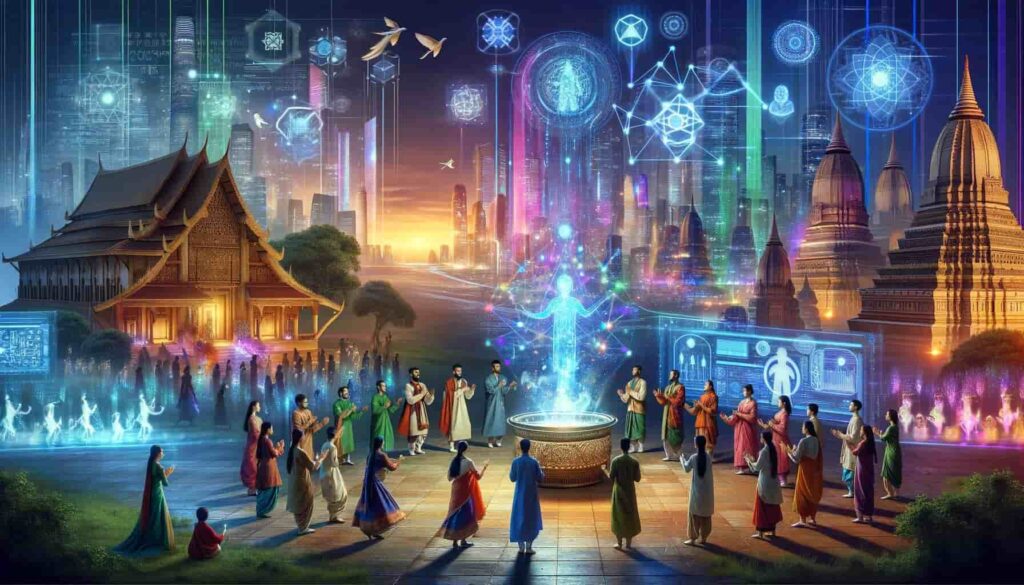
Moreover, the digital divide prevents marginalized communities from fully engaging with or preserving their own cultural heritage. Social media’s fast-paced environment can also distort or oversimplify complex traditions. Addressing these challenges requires a balance between technological advancement and cultural sensitivity, ensuring Aoomaal remains authentic and inclusive.
Read More: Vy6ys—A Complete Guide!
Frequently Asked Question:
1. What is Aoomaal and what does it represent?
The term “aoomaal” refers to a wide range of cultural customs, beliefs, behaviors, and rituals that represent the identity and shared memory of people all over the world. It represents how cultures adjust to change while preserving their traditions and ideals.
2. Where did the concept of Aoomaal originate?
The late 20th century, when Aoomaal first appeared, was a period of rapid technical advancement. It started out as a means of connecting ancestors’ customs with the digital era, enabling societies to maintain and develop their cultural heritage.
3. How has Aoomaal evolved in the digital era?
Aoomaal has transitioned from traditional expressions to digital formats—such as blogs, social media, virtual events, and online archives—making it more accessible globally while still maintaining its cultural roots and significance.
4. What are the biggest challenges facing Aoomaal today?
Major challenges include digital privacy concerns, cultural appropriation, the digital divide, and environmental impacts from tech infrastructure. Ensuring ethical use and inclusive access are key to sustaining Aoomaal in the modern world.
5. How can individuals incorporate Aoomaal into daily life?
People can practice Aoomaal through mindful living, celebrating cultural events, preserving family traditions, and engaging with digital platforms that promote authentic cultural expression and education.
6. Why is Aoomaal important for future generations?
Aoomaal ensures that younger generations remain connected to their roots, values, and identity. It encourages respect for diversity and provides a foundation for cultural resilience in an ever-changing world.
7. Can Aoomaal be a tool for personal growth?
Yes, Aoomaal inspires introspection, creativity, and purpose. Its philosophy encourages embracing the unknown, setting meaningful goals, and using cultural wisdom to navigate modern life and personal development.
Conclusion:
Aoomaal is more than a preservation of the past—it is a dynamic framework that blends cultural heritage with modern technology, offering both individual grounding and collective identity in an ever-changing world. As a living ideology, it empowers people to reconnect with their roots, express traditions digitally, and foster spiritual and emotional growth. Despite facing challenges like digital exploitation, environmental concerns, and access inequality, Aoomaal remains a resilient force for cultural continuity. By practicing, protecting, and evolving Aoomaal mindfully, individuals and communities can ensure that ancestral wisdom continues to thrive in the digital age—relevant, respected, and revitalized for generations to come.
Read More:
- Tails Carolina Horror Stories—A Complete Guide!
- Intrepid Food—A Complete Guide!
- Misty Severi—A Complete Guide!
- Amazon’s Gpt44x—A Complete Guide!

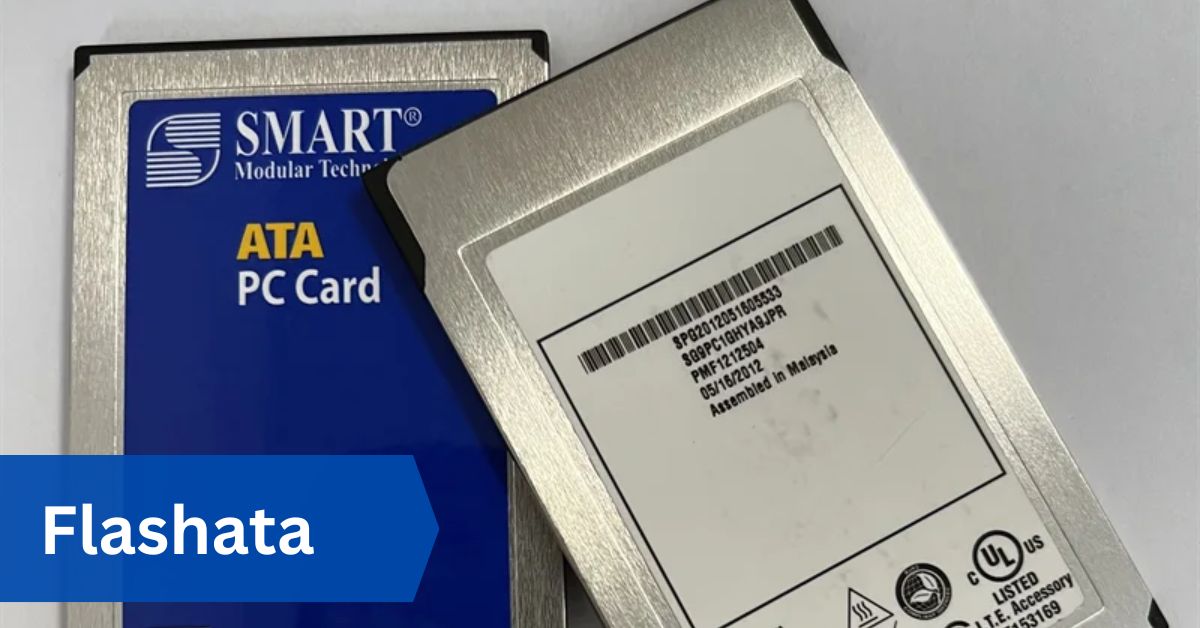


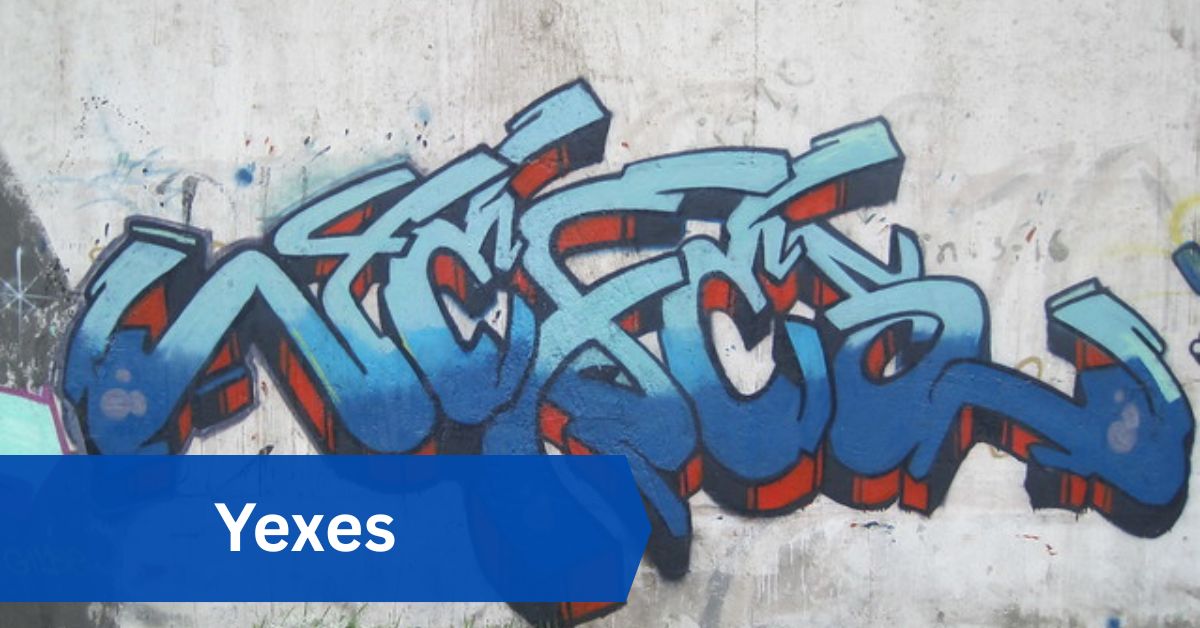







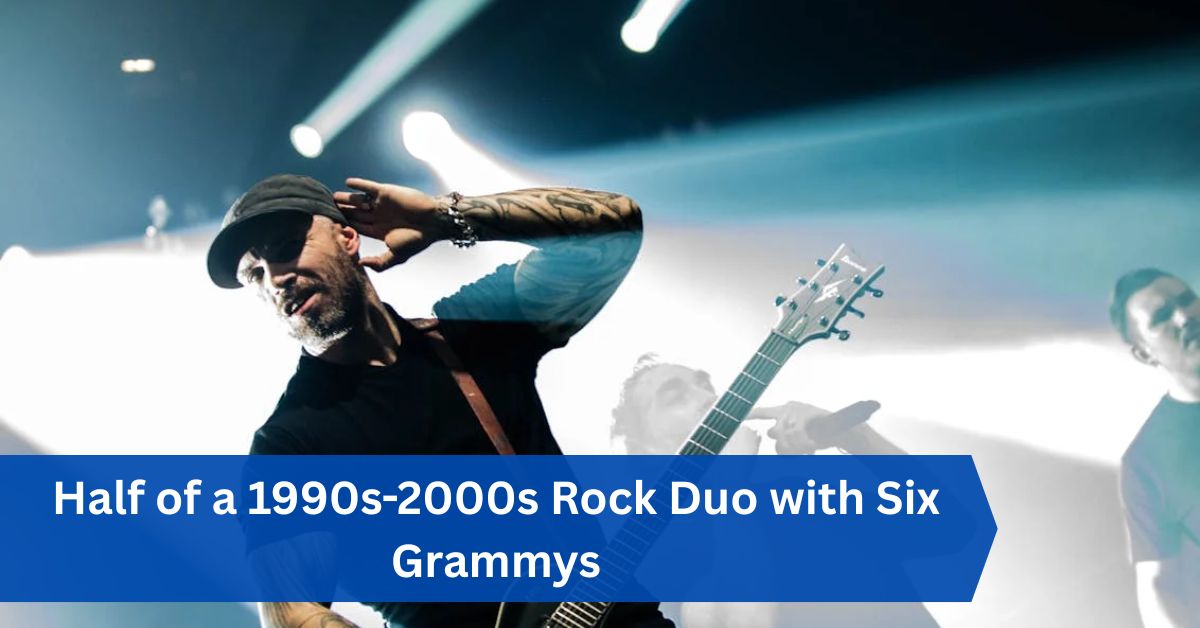
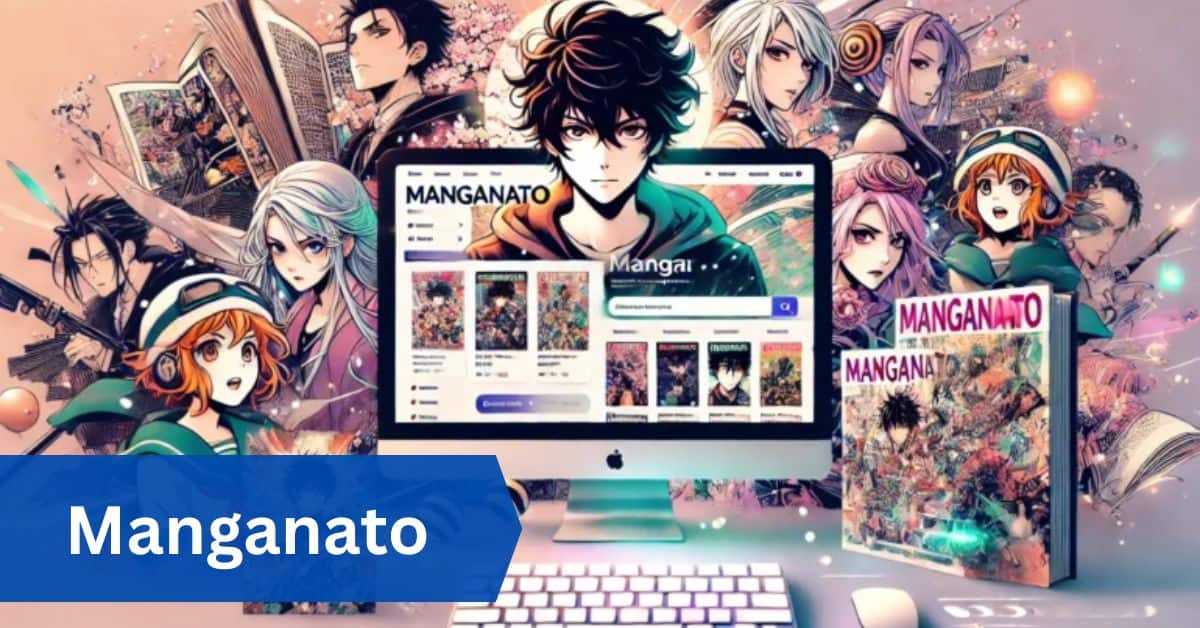

Leave a Reply